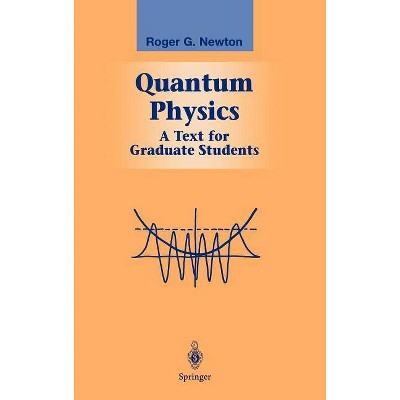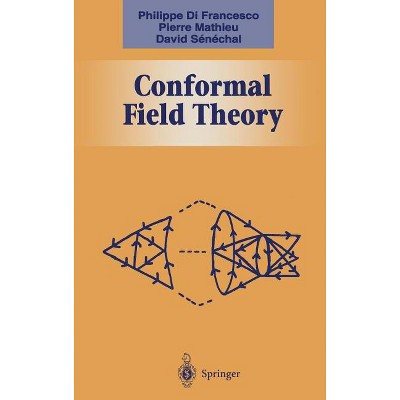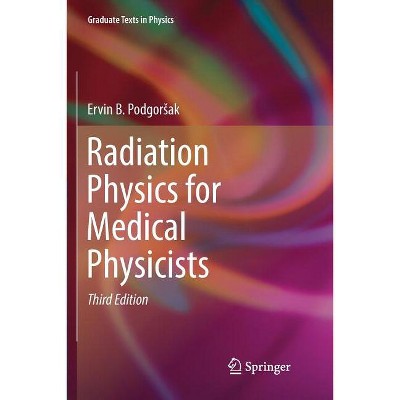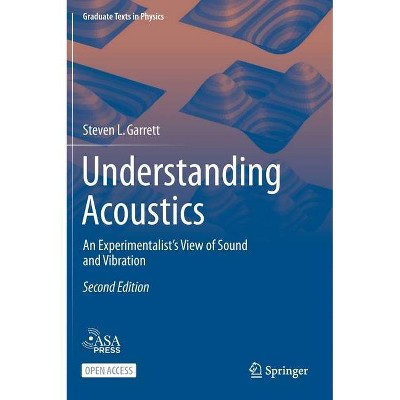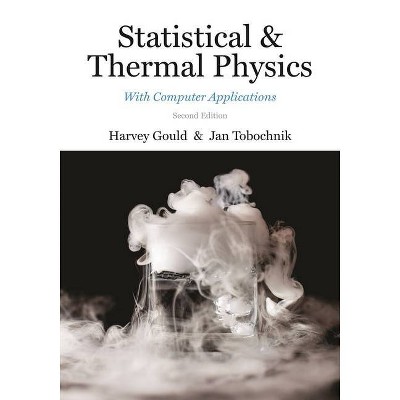Sponsored

Introduction to Statistical Physics - (Graduate Texts in Contemporary Physics) by Silvio Salinas (Hardcover)
In Stock
Sponsored
About this item
Highlights
- This textbook covers the basic prinples of statistical physics and thermodynamics at the level of first-year graduate students or advanced undergraduates; it presents the subject in a straightforward and lively manner.
- Author(s): Silvio Salinas
- 378 Pages
- Science, Physics
- Series Name: Graduate Texts in Contemporary Physics
Description
Book Synopsis
This textbook covers the basic prinples of statistical physics and thermodynamics at the level of first-year graduate students or advanced undergraduates; it presents the subject in a straightforward and lively manner. After reviewing the basics probability theory classical thermodynamics, the author addresses the standard topics of statistical physics, and demonstrates their relevance in other scientific fields using clear and explicit examples. Later chapters introduce phase transitions, critical phenomena and non-equilibrium phenomena.Review Quotes
From the reviews:
It is written in an informal, physics type style, but presents precise and well explained arguments. The list of references is well chosen and contains comments which facilitate further readings.
--Zentralblatt Math
"This book is addressed to physics students at the senior undergraduate or beginning graduate level. As such, it emphasizes physical intuition and central physical arguments over detailed mathematical justification. ... Physics students will enjoy the clarity and calculated simplicity of its presentation, while acquiring a broad knowledge of the subject. But, because of its careful selection of conceptual issues and its unassuming style, the book can also be a useful reference to students in other disciplines, including mathematics ... ." (Roberto Fernández, Mathematical Reviews, Issue 2003 e)
"Statistical physics attempts to explain ... laws by considering the large number of constituent particles from a statistical point of view. This is also the point of view of this textbook ... . It is written in an informal, physics type style, but presents precise and well explained arguments. It supports intuition more than formalism, and discusses a large number of relevant examples and models. ... The list of references is well chosen and contains comments which facilitate further readings." (Michael Baake, Zentralblatt MATH, Vol. 983, 2002)
Shipping details
Return details
Trending Non-Fiction






